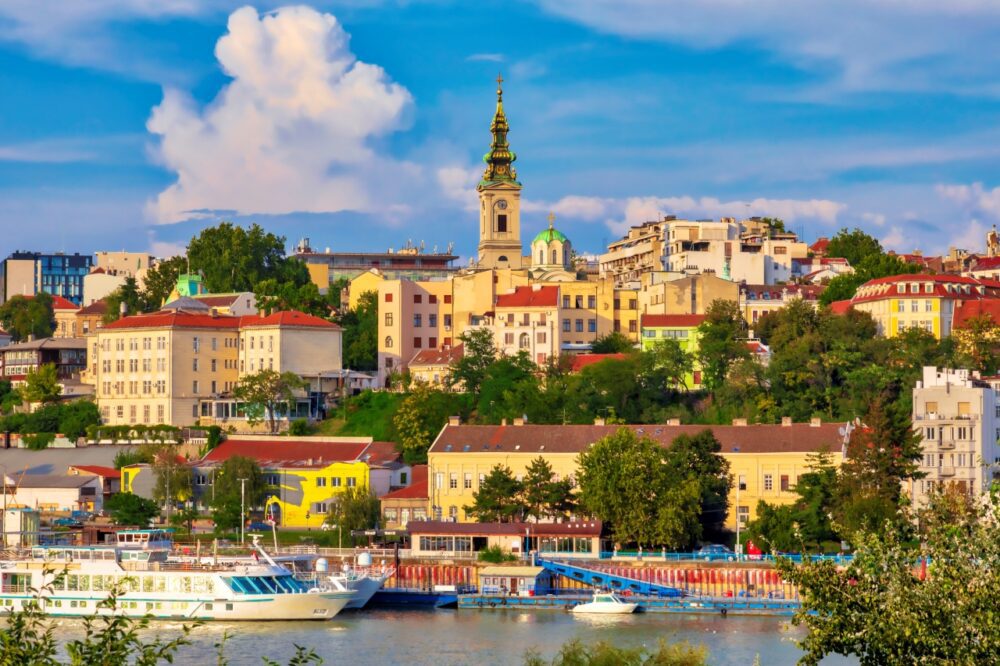
Is Belgrade worth visiting? Without hesitation, yes! The first time I stepped foot in Belgrade, I was struck by its raw energy and unique charm. It’s a city that feels alive at every turn, whether you’re exploring the historic streets of Kalemegdan Fortress, strolling along the bustling Knez Mihailova, or sipping rakija in one of its legendary kafanas. Belgrade is gritty, authentic, and unapologetically bold—a place where history and modernity collide in the best possible way.
As the capital of Serbia, Belgrade sits at the confluence of the Sava and Danube rivers and has a history stretching back thousands of years. This resilience is reflected in its vibrant cultural scene, historic landmarks, and buzzing nightlife. Known as the “White City,” Belgrade offers everything from the grandeur of its fortress to the quirky charm of bohemian Skadarlija. Whether you’re a history enthusiast, a partygoer, or just curious about exploring somewhere off the beaten path, Belgrade is packed with surprises.
But is Belgrade worth visiting for you? In this blog post, we’ll uncover the top 10 reasons why Belgrade should be on your travel list, from its rich history and lively atmosphere to its surprisingly affordable food and drink scene. Plus, we’ll share practical travel tips to help you plan an unforgettable trip to Serbia’s vibrant capital. Keep reading to see why Belgrade deserves a spot on your European itinerary.
Table of Contents
Pros – Reasons You Should Visit Belgrade
1. A Vibrant and Dynamic Atmosphere
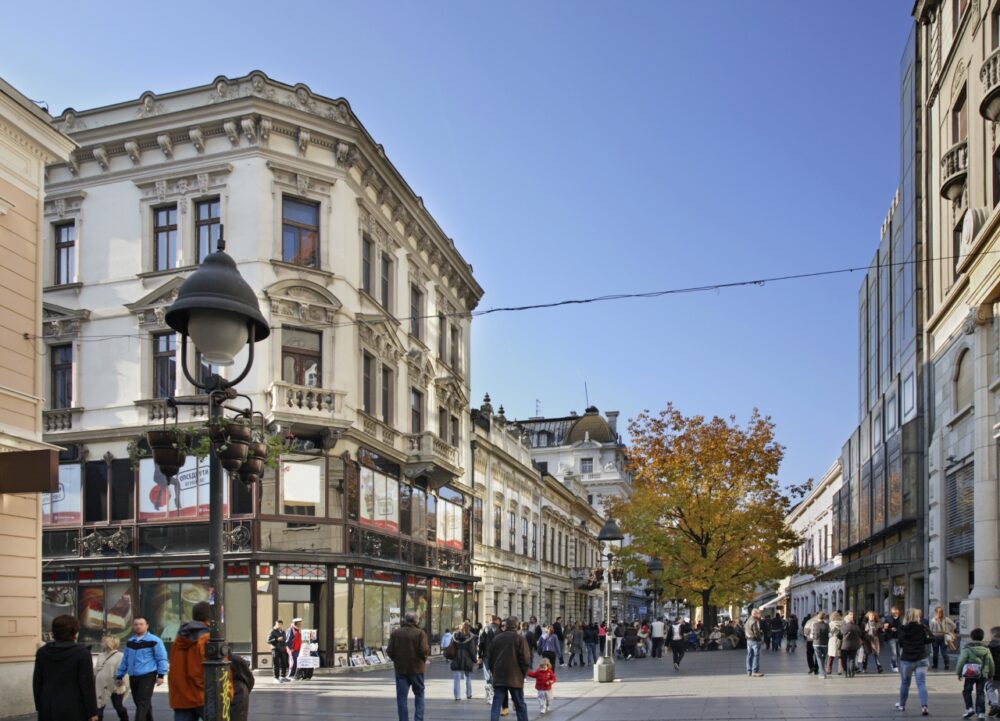
Belgrade is known for its lively energy and dynamic culture. As the capital of Serbia, it blends history, modernity, and a youthful spirit that makes it a captivating destination. The streets are always bustling, whether with café-goers, street performers, or late-night revellers.
Walking through Knez Mihailova Street, I loved the energy of the city’s main pedestrian avenue. Lined with shops, restaurants, and street art, it felt like the heartbeat of Belgrade. The city’s vibrant atmosphere is infectious, making it a place where you can never run out of things to do or see.
2. Historical and Architectural Richness
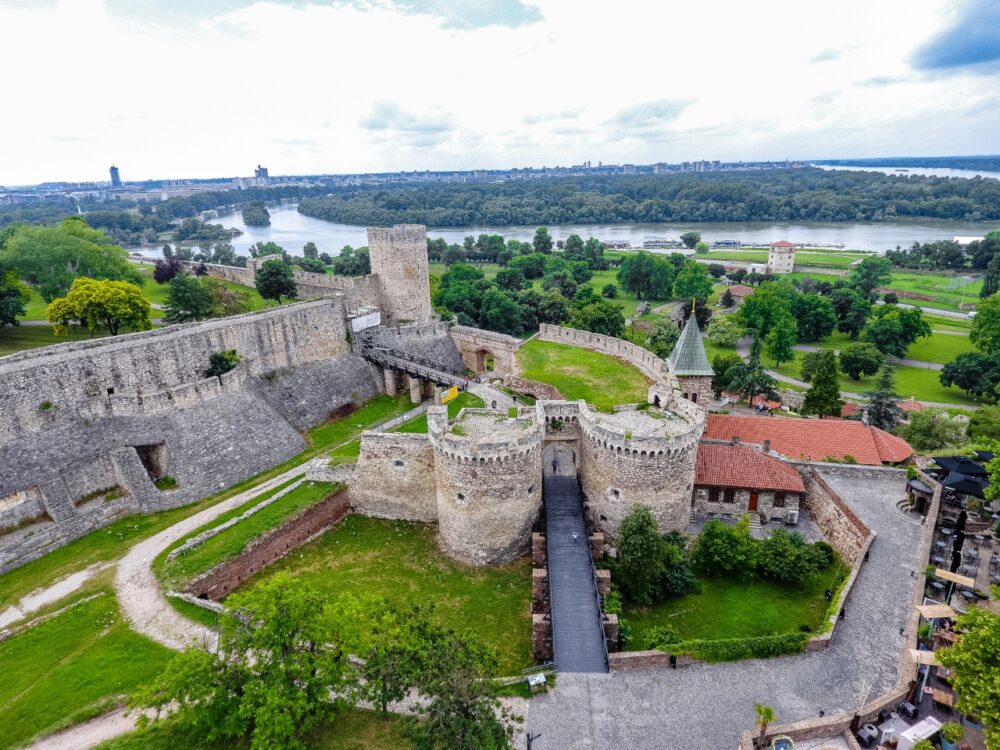
Belgrade’s history spans over two millennia, and its architecture reflects influences from the Ottoman Empire, Austro-Hungarian rule, and Yugoslav modernism. Key landmarks include the Kalemegdan Fortress, the National Assembly, and the striking Church of Saint Sava, one of the largest Orthodox churches in the world.
Exploring Kalemegdan, I was fascinated by its historical layers, from Roman ruins to medieval towers. The panoramic views of the confluence of the Sava and Danube Rivers are breathtaking. For history and architecture enthusiasts, Belgrade offers a mix of the ancient, the ornate, and the avant-garde.
3. Unparalleled Nightlife
Belgrade is often called the party capital of the Balkans, and its nightlife is legendary. From trendy rooftop bars to floating river clubs (known as splavovi), the city has options for every taste and energy level. The nightlife here is vibrant, affordable, and welcoming to locals and tourists alike.
I spent an evening at a splav on the Danube, dancing to live music while enjoying the view of the city lights reflecting on the river. Whether you prefer a casual drink at a hidden speakeasy or an all-night party, Belgrade’s nightlife guarantees unforgettable memories.
4. Kalemegdan Park and Fortress
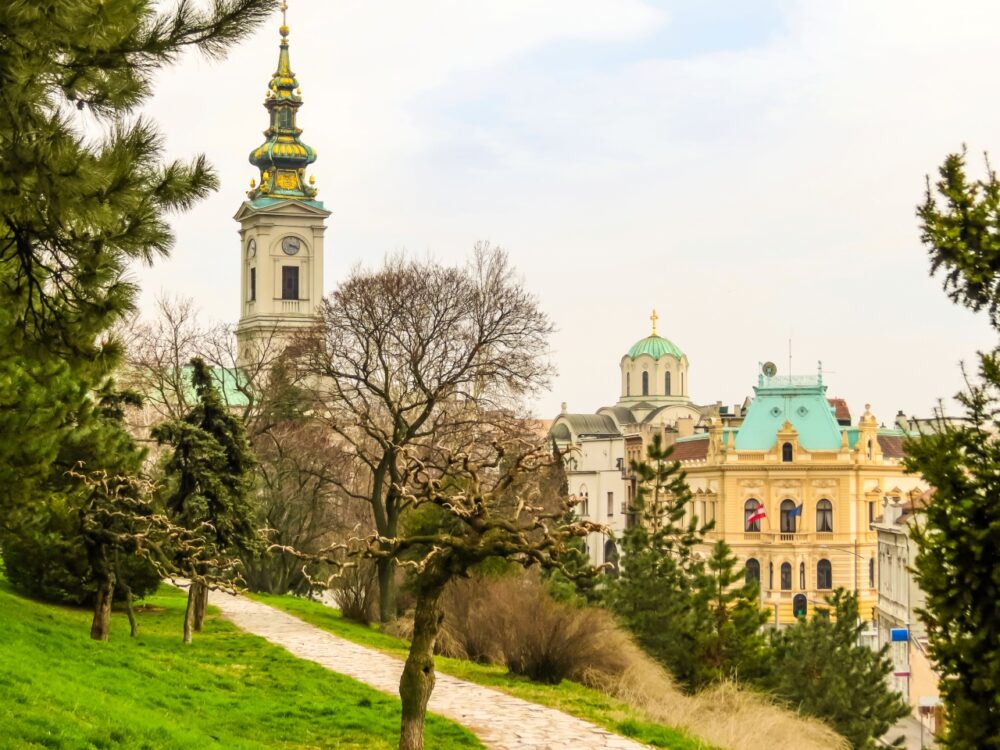
The sprawling Kalemegdan Park and Fortress is one of Belgrade’s most iconic attractions. This historic site offers incredible views of the city, tranquil green spaces, and plenty of cultural landmarks, including military museums and art galleries.
I spent an afternoon wandering through the park, enjoying the mix of history and relaxation. The fortress itself is a treasure trove of historical intrigue, with its ancient walls and fascinating exhibits. Kalemegdan is perfect for both leisurely strolls and deep dives into Belgrade’s past.
5. Affordable and Budget-Friendly
Belgrade is one of Europe’s most affordable capitals, offering excellent value for money. Accommodation, dining, and entertainment are significantly cheaper compared to Western European cities, making it ideal for budget-conscious travellers.
I enjoyed delicious meals at local restaurants for a fraction of the cost I’d expect elsewhere. Entry fees to museums and attractions are reasonable, and public transport is both affordable and efficient. Belgrade proves that you can have a rich travel experience without breaking the bank.
6. Delicious Serbian Cuisine
Belgrade’s food scene is a treat for the senses, with hearty traditional dishes and modern culinary innovations. Must-try dishes include ćevapi (grilled meat rolls), kajmak (creamy dairy spread), and sarma (stuffed cabbage rolls). The city also boasts excellent bakeries and bustling food markets.
Dining at a kafana (traditional Serbian tavern) was one of my trip’s highlights. I savoured a platter of grilled meats paired with homemade rakija (fruit brandy). For foodies, Belgrade’s cuisine offers a rich and satisfying exploration of Serbian flavours.
7. A Thriving Arts and Culture Scene
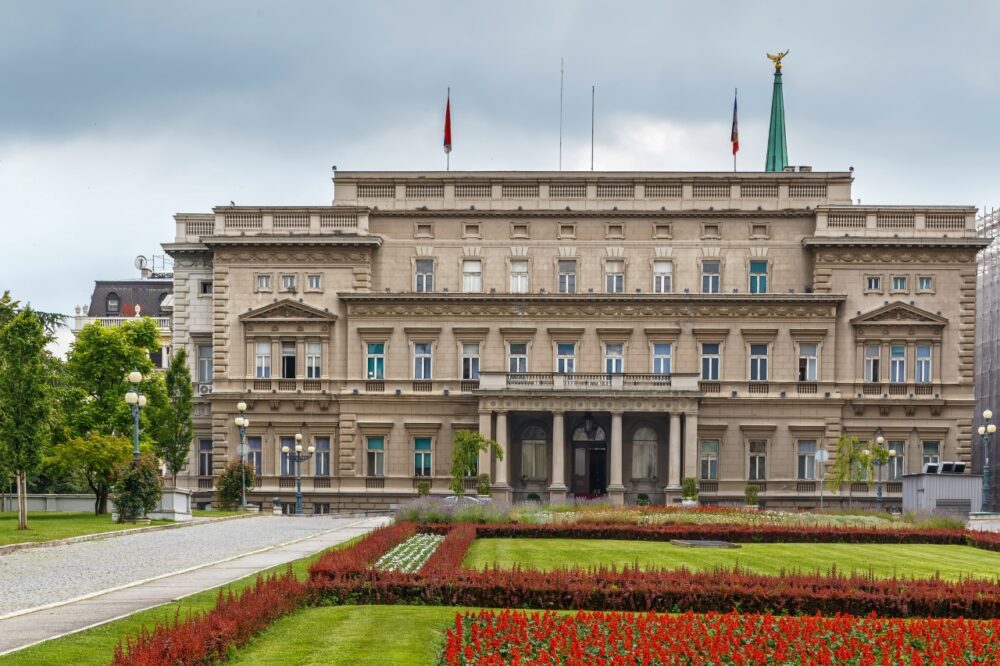
Belgrade’s arts and culture scene is diverse and thriving, with countless galleries, theatres, and festivals. The Museum of Contemporary Art and the National Museum are must-visits for art lovers, while venues like the Belgrade Philharmonic offer world-class performances.
I attended a live jazz performance at a riverside venue and was impressed by the city’s artistic vibrancy. Cultural events, such as the Belgrade Film Festival, add to the creative energy. Whether you’re into traditional arts or modern exhibitions, Belgrade has something to inspire everyone.
8. The Confluence of Two Rivers
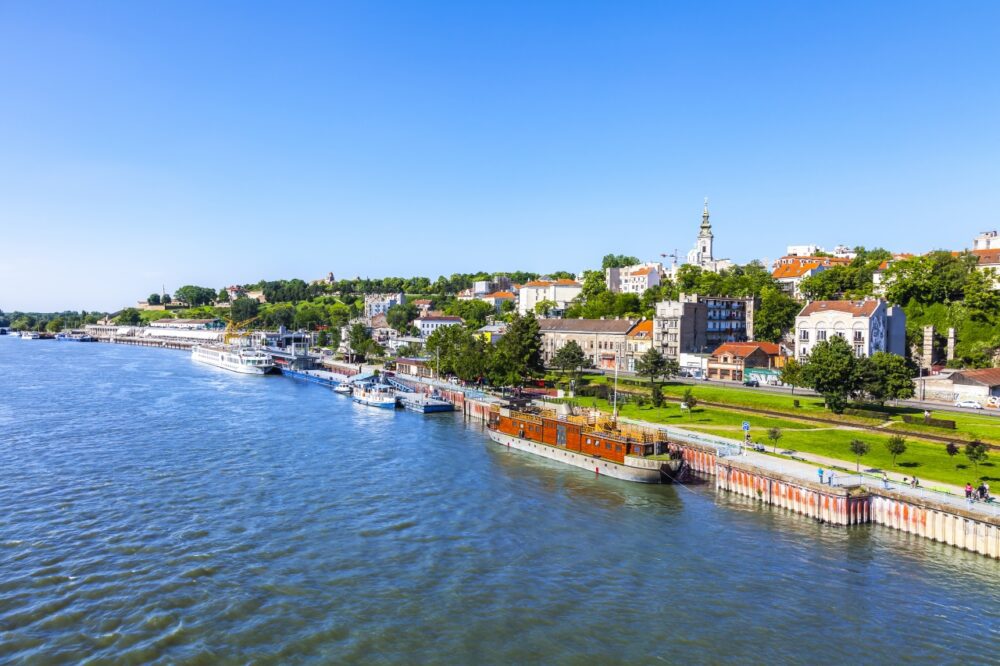
Belgrade is uniquely situated at the confluence of the Sava and Danube Rivers, offering stunning waterfront views and plenty of opportunities for outdoor activities. The rivers are lined with floating restaurants, splavovi, and parks.
I took a boat tour along the rivers, which provided a fresh perspective of the city’s skyline and landmarks. The rivers also offer opportunities for kayaking, cycling, or simply enjoying a sunset walk along the banks. Belgrade’s riverscape is both scenic and integral to its charm.
9. A Mix of Old and New
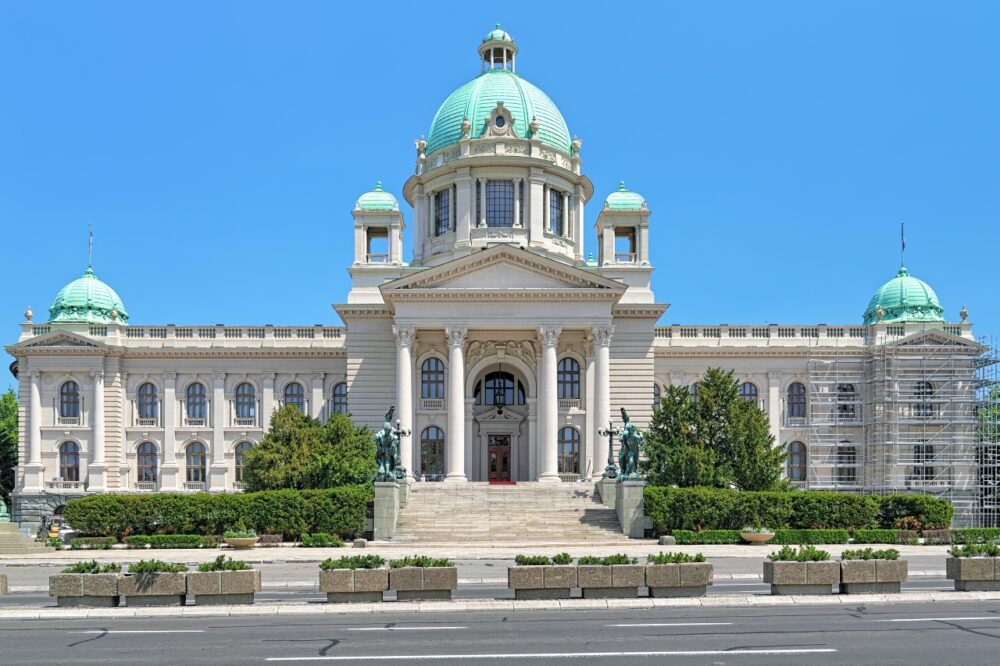
Belgrade seamlessly blends old-world charm with modern innovation. The Old Town (Stari Grad) features cobblestone streets and historic buildings, while neighbourhoods like Savamala are hubs of contemporary art, design, and nightlife.
Exploring Savamala, I discovered trendy cafés and creative spaces housed in repurposed industrial buildings. The contrast between Belgrade’s past and present creates a dynamic urban environment that feels both historic and forward-looking.
10. Warm and Hospitable Locals
Belgraders are known for their warmth, humour, and hospitality. Whether helping with directions, sharing local recommendations, or engaging in friendly conversation, the people of Belgrade make visitors feel at home.
During my visit, I was struck by how welcoming everyone was. A café owner not only recommended a dish but also shared stories about the city’s history. The locals’ friendliness adds a personal touch to the Belgrade experience, making it even more memorable.
Cons – Things to Consider When Visiting Belgrade
1. Traffic and Congestion
Belgrade’s streets can be heavily congested, especially during rush hours. The city’s layout, combined with ongoing construction and narrow streets in the Old Town, often leads to traffic jams. Public transport, while extensive, can also feel overcrowded at peak times.
I found navigating the city by car challenging, with limited parking options adding to the stress. While public transport like buses and trams is affordable, delays can be frustrating. Walking or using rideshare services is often more convenient for shorter distances. If you’re driving, be prepared for urban traffic chaos.
2. Air Quality Issues
Belgrade occasionally struggles with air pollution, particularly during the colder months when heating emissions increase. The city’s reliance on older vehicles and coal-based energy sources exacerbates the problem, leading to hazy skies on some days.
When I visited in winter, I noticed a distinct drop in air quality, especially in the mornings. While it didn’t drastically impact my trip, outdoor activities felt less enjoyable during smoggy periods. Checking air quality forecasts before planning extended outdoor excursions can help mitigate this issue.
3. Worn Infrastructure
Some parts of Belgrade show signs of aging infrastructure, with cracked sidewalks, graffiti, and neglected buildings in certain areas. While this adds to the city’s gritty charm, it might not appeal to all visitors.
Exploring neighbourhoods like Zemun, I noticed a mix of restored and crumbling structures. While the overall experience was positive, the uneven quality of infrastructure could be a drawback for those expecting a more polished environment.
4. Limited Green Spaces in the City Centre
Although Belgrade has beautiful parks like Kalemegdan and Tasmajdan, the city centre lacks extensive green areas for relaxation. Urban sprawl and heavy construction have reduced the availability of open spaces, making it harder to find quiet spots away from the hustle and bustle.
After a day exploring the city’s busy streets, I craved more shaded areas to unwind. While parks like Ada Ciganlija on the outskirts are fantastic, reaching them requires time and planning. This is something to consider if you value easy access to nature.
5. Graffiti and Litter in Some Areas
While much of Belgrade is clean and well-maintained, certain neighbourhoods have noticeable issues with graffiti and litter. This is especially apparent in less touristy areas or near bus stations and abandoned buildings.
Walking near the train station, I came across streets with excessive tagging and rubbish, which detracted from the city’s otherwise vibrant atmosphere. While it’s not a city-wide issue, it might disappoint visitors expecting pristine surroundings. Sticking to well-maintained parts of the city, like the Old Town or Kalemegdan, ensures a more pleasant experience.
When to Visit Belgrade
The best times to visit Belgrade are spring (April to June) and autumn (September to October). These seasons offer mild weather, making it pleasant to explore the city’s outdoor attractions like Kalemegdan Fortress and the riverside promenades. Summer (July to August) is warm and buzzing with nightlife, particularly along the famous splavs (floating river clubs), but it can be hot. Winters are colder but offer a cosy charm, with festive markets and fewer crowds, ideal for enjoying Belgrade’s hearty cuisine and cultural institutions.
How to Get to Belgrade
Belgrade Nikola Tesla Airport (BEG), located about 18 kilometres from the city centre, is the main gateway to the city, serving airlines like Air Serbia, Wizz Air, and Lufthansa. From the airport, the A1 shuttle bus or local bus services provide budget-friendly connections to the centre, while taxis and ride-hailing apps like Bolt offer a faster but pricier option. Belgrade is also well-connected by train and bus, with routes linking it to neighbouring Balkan countries, and the city’s central location makes it a key stop on European rail networks.
Where to Stay in Belgrade
Belgrade offers diverse accommodation options across its vibrant districts:
- Luxury: Stari Grad (Old Town) – Stay near Kalemegdan Fortress and Knez Mihailova Street. Options include Hotel Moskva, a historic landmark, or Square Nine Hotel, offering boutique luxury with modern amenities.
- Mid-range: Dorćol or Vračar – Trendy areas with great access to cultural attractions. Consider Hotel Majestic, located in the heart of the city, or Saint Ten Hotel, blending charm and comfort.
- Budget: Zemun or Near Train Station – Affordable choices like Hostel Bongo or City Zen Hostel provide value for budget-conscious travellers while staying connected to key sights.
Getting Around Belgrade
Belgrade’s city centre is best explored on foot, with many attractions like Republic Square and Skadarlija within walking distance. For longer distances, the city’s GSP public transport system, including buses, trams, and trolleybuses, is efficient and affordable, with tickets available at kiosks or on board. Cycling is an option along the flat riverside paths, with bike rentals available, but the city’s hills can be a challenge. Taxis and ride-hailing apps like Bolt are widely used and reasonably priced, making them a good choice for reaching outlying areas like Zemun.
How Long to Spend in Belgrade
Two to three days is ideal for exploring Belgrade’s highlights, including Kalemegdan Fortress, St. Sava Temple, and the lively atmosphere of Skadarlija. This timeframe allows time to stroll along the Danube and Sava rivers, sample local cuisine, and experience the city’s legendary nightlife. With an extra day, consider a trip to Avala Mountain for panoramic views or explore Zemun, a charming riverside neighbourhood with a distinct character. Belgrade’s mix of history, culture, and vibrant energy makes it a destination worth savouring.
Conclusion
So, is Belgrade worth visiting? Absolutely! With its mix of fascinating history, lively nightlife, and unique charm, Belgrade is one of Europe’s most underrated cities. Highlights like Kalemegdan Fortress, bohemian Skadarlija, and the Savamala district make it a city full of character. While it’s not as polished as other European capitals, its gritty authenticity is part of what makes it so special. If you’re ready to experience the bold and dynamic heart of Serbia, start planning your trip to Belgrade today—it won’t disappoint!
